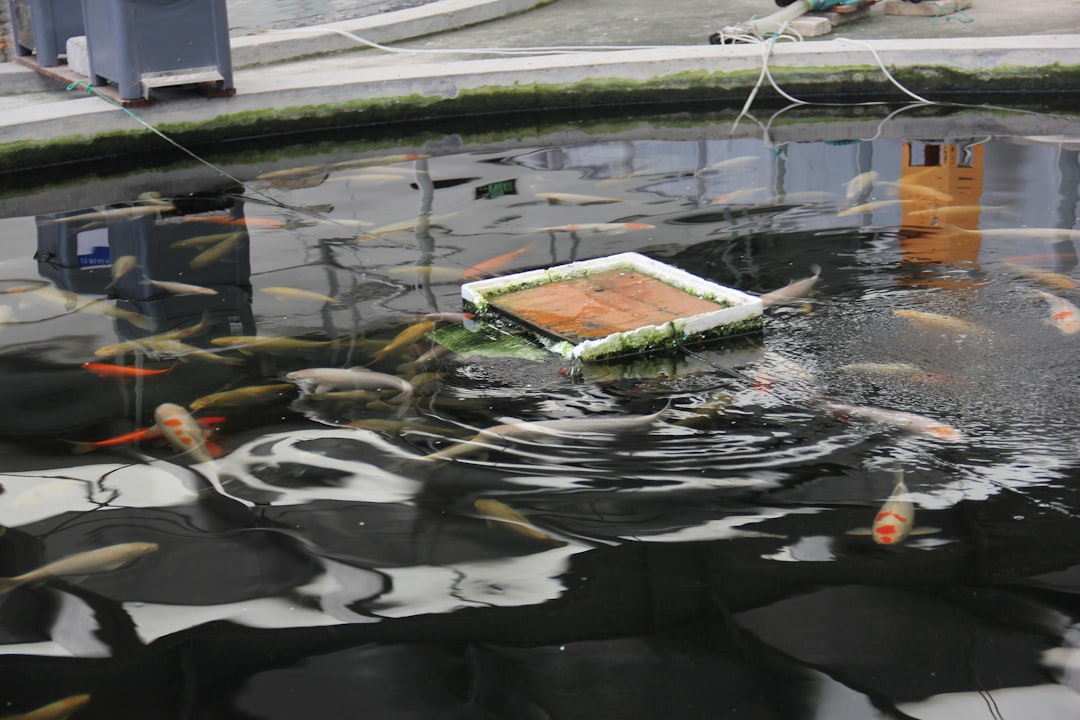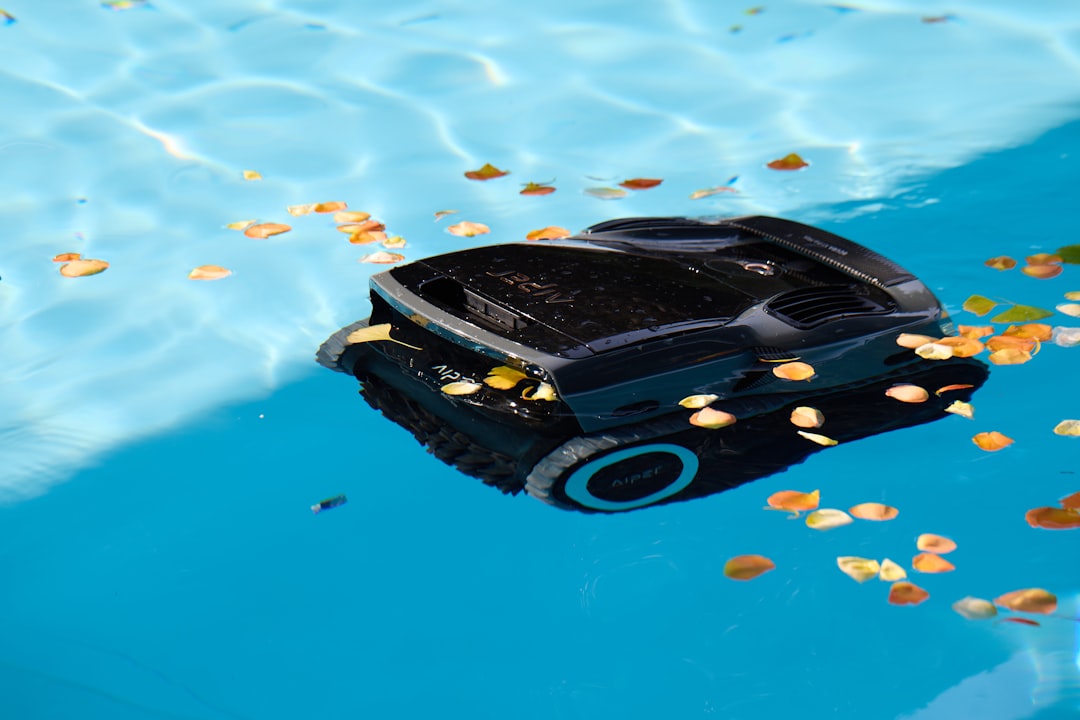Accidental exposure to water can spell disaster for your smartphone, especially when it reaches delicate components such as the charging port. Whether it slipped into a pool, got caught in the rain, or suffered an unfortunate spill, moisture in the charging port can cause significant damage, prevent your device from charging, or lead to long-term corrosion. Acting swiftly and correctly is essential. In this guide, we will walk you through how to safely and effectively get water out of your phone’s charging port, ensuring your device’s longevity and functionality.
Why Removing Water from the Charging Port is Critical
Most modern smartphones are equipped with water-resistant features, but they are not completely waterproof. If water enters the charging port:
- It may short-circuit internal components.
- Charging may be disabled by the system to prevent damage.
- It may lead to rust or corrosion over time.
- The port may accept debris or dust while wet, compounding the issue.
Even small amounts of moisture can impact your phone over time. Addressing the issue promptly can make the difference between a functional phone and an expensive paperweight.
Important Warning Messages to Watch For
Modern smartphones like iPhones or Android devices may alert you with specific messages if moisture is detected. These include:
- iPhone: “Charging not available. Liquid has been detected in the Lightning connector.”
- Android: “Moisture has been detected in your charging port.”
Take these warnings seriously. Attempting to charge the phone while moisture is present can cause irreversible damage.
Step-by-Step Guide to Drying Your Phone’s Charging Port
Step 1: Disconnect and Power Off
Immediately unplug your phone from any charger or accessory. Then, power off the device completely. This will prevent electrical shorting and additional damage.
Step 2: Remove External Moisture
Gently shake the device with the charging port facing downward to expel any large droplets of water. Then, use a clean, dry, lint-free cloth to wipe around the port.

Note: Do not insert objects like cotton swabs or paper towels into the port, as these can leave fibers behind or push the water further in.
Step 3: Let Gravity Do the Work
Place your phone in a position where the charging port is facing downward. This allows gravity to draw out moisture lingering inside. Position the device on a clean towel or paper towel for several hours.
Step 4: Use Ambient Air Circulation
Allow the phone to rest in a dry area with adequate air flow. This could mean placing it in front of a fan to speed up the evaporation of water. Avoid using high heat sources like hair dryers or direct sunlight, as these can damage internal components or warp your phone.
Step 5: Use a Desiccant (Optional)
If your phone has been significantly exposed to water, placing it in a container filled with uncooked silica gel packets might help. Silica gel is a more effective drying agent than rice and doesn’t leave behind dust/residue.
To do this:
- Place the phone into a sealed plastic bag or container.
- Surround the phone with several silica gel packets.
- Allow to sit undisturbed for at least 24 hours.
Important: Avoid using rice, a popular remedy, as it can leave starchy debris inside the charging port that may cause additional issues.
Step 6: Test the Port
After waiting and ensuring your phone is dry, attempt to charge it. If you receive a moisture warning again, wait longer. Charging while water is still present can damage your device permanently.
Step 7: Seek Professional Help If Needed
If your phone still doesn’t charge properly or behaves abnormally after 24–48 hours, it’s time to consult a professional technician or visit an authorized repair center. They can open and inspect the port internally for damage or corrosion.
What Not to Do
When faced with moisture in your charging port, avoid these potentially harmful mistakes:
- Do not blow into the port with your mouth. This introduces humidity and may worsen the issue.
- Do not insert foreign objects like tissues, cotton swabs, or metal tools.
- Do not attempt to charge your phone prematurely.
- Do not place the phone in an oven or microwave. This is extremely dangerous and will destroy your device.
Patience is key. Quick fixes can often lead to long-term problems.
How to Prevent Future Water Intrusion
Preventive care is your first line of defense. Consider the following tips to minimize the risk of future water damage:
- Invest in a waterproof or water-resistant case.
- Use port covers or plugs to prevent moisture from entering the charging port.
- Be extra cautious in humid environments, rain, or near open water bodies.
- Store your phone in a dry zip-lock bag when near water or during hiking/camping trips.

Understanding Water Resistance Ratings
Many modern smartphones come with an IP (Ingress Protection) rating. For example, an IP68 rating means the phone is resistant to dust and water up to a certain depth and duration.
However:
- Even with IP ratings, charging ports are not always protected.
- Excessive exposure or repeated submersion can still cause water intrusion.
- Damage from water often voids warranties unless explicitly covered.
Always treat water resistance as a safety net — not an invincibility cloak.
When Using Wireless Charging Makes Sense
If your phone supports wireless charging, it’s often advisable to use this feature after water exposure. It reduces reliance on the damaged or wet port and allows you to continue using the device without compromising its internals.
However, do not use wireless pads if the phone itself is still significantly wet. Dry all surfaces thoroughly before placing on the charger.
Closing Thoughts
Your smartphone is an essential part of your daily life, and water can pose a serious threat to its longevity. Fortunately, with quick thinking and the proper techniques, you can address moisture in the charging port and avoid permanent damage. Always power off the device, let it air dry, and be cautious when dealing with delicate components.
If you suspect deeper issues or persistent moisture inside, consult a professional instead of taking risks that could void your warranty or destroy your device. When in doubt, patience and prevention are your most trusted allies.
I’m Sophia, a front-end developer with a passion for JavaScript frameworks. I enjoy sharing tips and tricks for modern web development.
